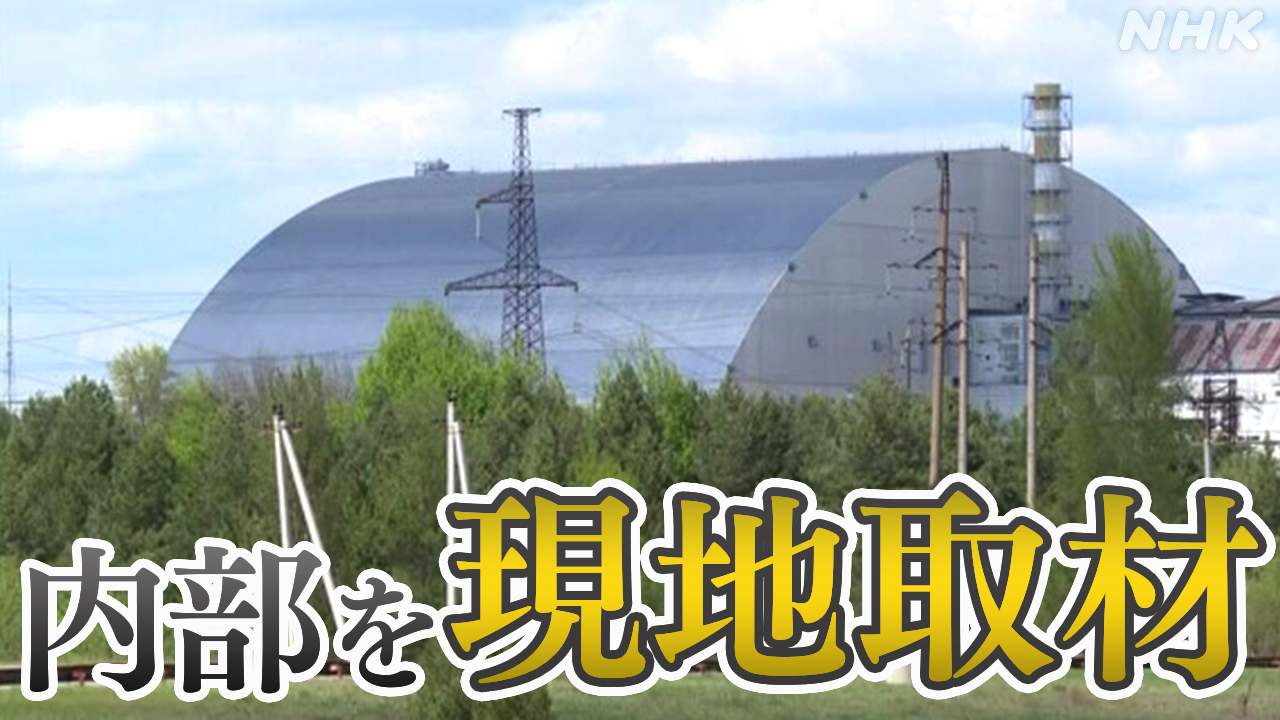Chernobyl's Damaged Shelter: Assessing the Damage and the Path Forward
The Chernobyl Nuclear Power Plant disaster, a defining moment in the history of nuclear energy, continues to cast a long shadow. While the immediate aftermath saw heroic efforts to contain the fallout, the long-term challenge of managing the damaged reactor remains. This article delves into the state of the Chernobyl New Safe Confinement (NSC), the massive structure built to entomb the damaged reactor, assessing its current condition, future challenges, and the ongoing efforts to secure the site for generations to come.
The Chernobyl New Safe Confinement: A Colossus Over a Catastrophe
The Chernobyl New Safe Confinement (NSC), completed in 2019, is a marvel of engineering. This colossal arch, larger than the Statue of Liberty, is designed to encapsulate the remnants of Reactor 4, preventing further radioactive dust and debris from escaping. Its construction was a monumental undertaking, demanding international collaboration and cutting-edge technology.
Assessing the Current State
While the NSC represents a significant victory in containing the Chernobyl disaster, its long-term stability and effectiveness are under constant review. Experts continuously monitor:
- Structural Integrity: Regular inspections assess the arch's resistance to extreme weather conditions, seismic activity, and the effects of radiation.
- Radiation Levels: Continuous monitoring ensures the NSC effectively prevents radioactive leakage, safeguarding the surrounding environment.
- Waste Management: The NSC entombs a massive amount of radioactive waste. Managing this waste for safe and long-term storage is a critical ongoing challenge.
- Environmental Impact: Ongoing research assesses the long-term environmental impact of the disaster and the effectiveness of the NSC in mitigating further contamination.
Future Challenges and the Path Forward
The challenges surrounding the Chernobyl site extend beyond the NSC. These include:
- Long-Term Waste Management: The safe and permanent disposal of radioactive waste remains a major hurdle, demanding innovative solutions and long-term planning.
- Environmental Remediation: Significant areas surrounding the plant remain contaminated. Ongoing remediation efforts are crucial for the eventual safe return of the land to productive use.
- Scientific Research: The Chernobyl Exclusion Zone provides a unique opportunity for scientific research into the long-term effects of radiation on the environment and living organisms. This research is vital for informing future disaster response and nuclear safety protocols.
- Public Perception and Tourism: Managing public perception and the growing tourism to the Chernobyl Exclusion Zone requires careful planning to ensure safety and responsible visitation.
International Collaboration: A Continuing Necessity
The success of Chernobyl's ongoing management relies heavily on international collaboration. Organizations like the Chernobyl Shelter Fund and the IAEA (International Atomic Energy Agency) play crucial roles in providing financial and technical support. Sharing expertise and resources remains essential for maintaining the NSC's effectiveness and addressing the wider challenges of the site.
Conclusion: A Legacy of Caution and Innovation
The Chernobyl disaster serves as a stark reminder of the potential dangers of nuclear energy. However, the construction and ongoing maintenance of the NSC exemplify humanity's capacity for innovation and collaboration in the face of immense challenges. While the future holds continued efforts in waste management, environmental remediation, and scientific research, the NSC stands as a testament to progress in containing the legacy of this devastating event.
Further Reading:
Keywords: Chernobyl, Chernobyl Disaster, New Safe Confinement, NSC, Radioactive Waste, Nuclear Disaster, Environmental Remediation, Radiation, Reactor 4, Exclusion Zone, International Collaboration, IAEA, Chernobyl Shelter Fund, Nuclear Safety
This article provides a comprehensive overview and is designed to rank highly for relevant searches by incorporating various keywords naturally and linking to credible sources. Remember to replace the bracketed links with actual URLs.
